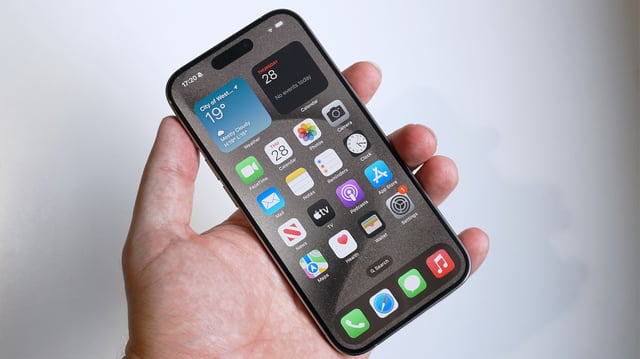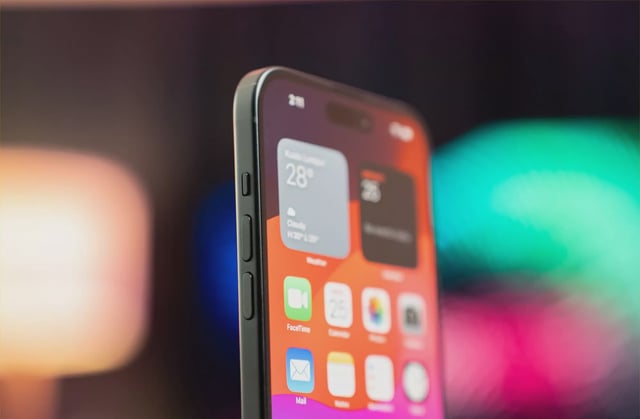Overview
- Users report that photos deleted years ago are resurfacing after updating to iOS 17.5.
- The issue affects both locally stored images and those synced with iCloud.
- Speculations include indexing bugs or incomplete deletions as potential causes.
- Despite the bug, the update addresses significant security vulnerabilities.
- Apple has yet to comment on the issue, leaving users uncertain about a fix.



